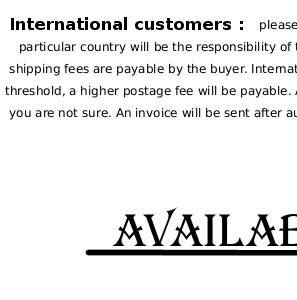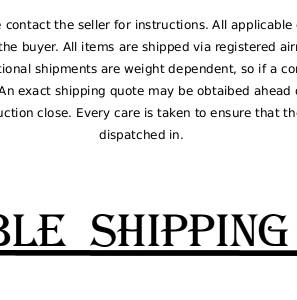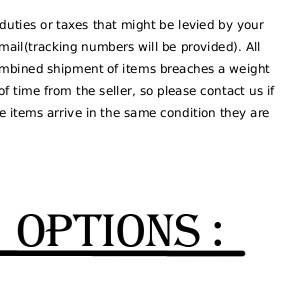
Notgeld 1914 - 1921, 50 Pfennig, Germany - Schoneberg
Check my rate
View locations
| Main centres: | 1-3 business days |
| Regional areas: | 3-4 business days |
| Remote areas: | 3-5 business days |

| Main centres: | 1-3 business days |
| Regional areas: | 3-4 business days |
| Remote areas: | 3-5 business days |
Germany
1914 - 1921
Notgeld - Schöneberg
50 Pfennig

Notgeld (German for "emergency money" or "necessity money") was special money issued primarily in Germany and Austria to deal with economic crisis situations such as a shortage of small change or materials. It was not issued by the central bank (Reichsbank) but by various other institutions, e.g. town savings banks, municipalities, private and state-owned firms.
During and after the First World War, money, especially small change, was in short supply. Metal was being used in the war efforts and people's natural tendancy to hold onto something of value, (ie) coins and banknotes, furthered the shortage. Eventually to get over this problem, the state bank (Reichbank) appears to have agreed to allow towns, villages and municipalities to issue their own money. These issues were emergency issues. The word "not" means emergency or necessity and "geld" means money, hence - Notgeld.
As time went on, more and more towns and villages and districts joined in the practice to print their own money, so that eventually, individual towns were able to produce entire series of notes that depicted their town's buildings or things that were important to their identity. If the town produced a commodity, eg) silk (as in Bielefeld), then the notes quite often depicted these manufacturing processes. Local 'heroes' could be depicted as could scenes from round and about. Notgeld was usually made of paper. Occasionally it was issued in the form of card, silk, linen, jute, chamois leather, leather, aluminium foil, velvet and even by using such things as playing cards (spielkarton). At the beginning of the war, in 1914, the notgeld issues were drab and bland, with many issues having been signed and counter signed by hand only. In 1921, when the phenomenom was at it's height, the issues were well designed, colorful and were being produced in full sets. These have since become sought after collectors items.

 INTERNATIONAL CUSTOMERS WELCOME
INTERNATIONAL CUSTOMERS WELCOME 





